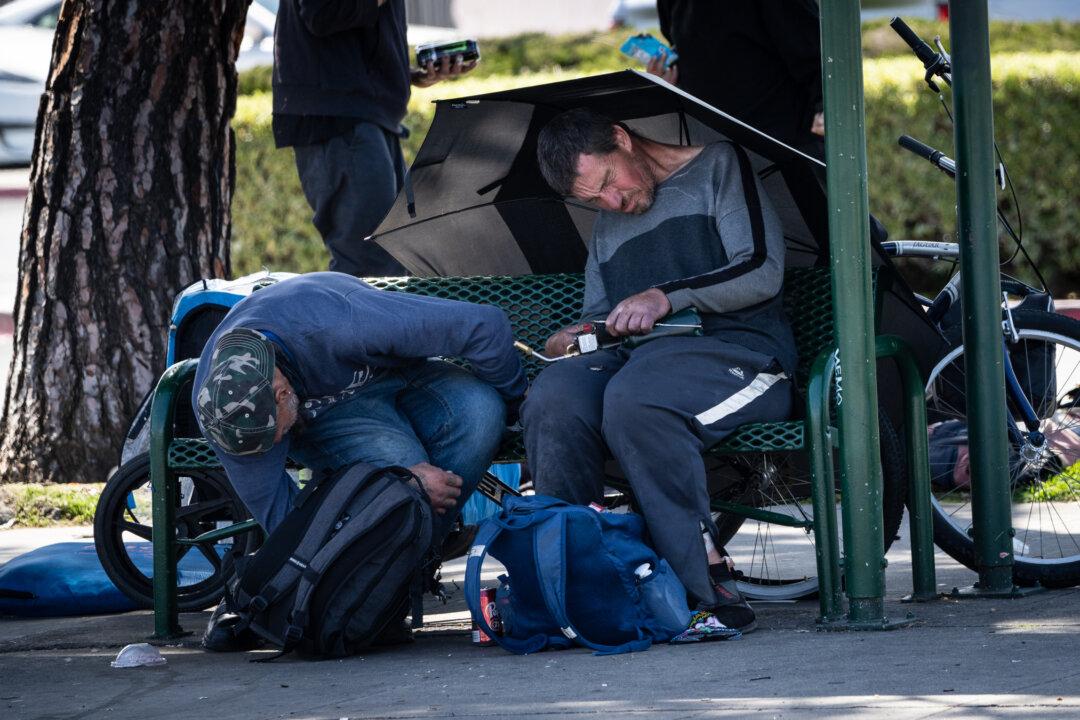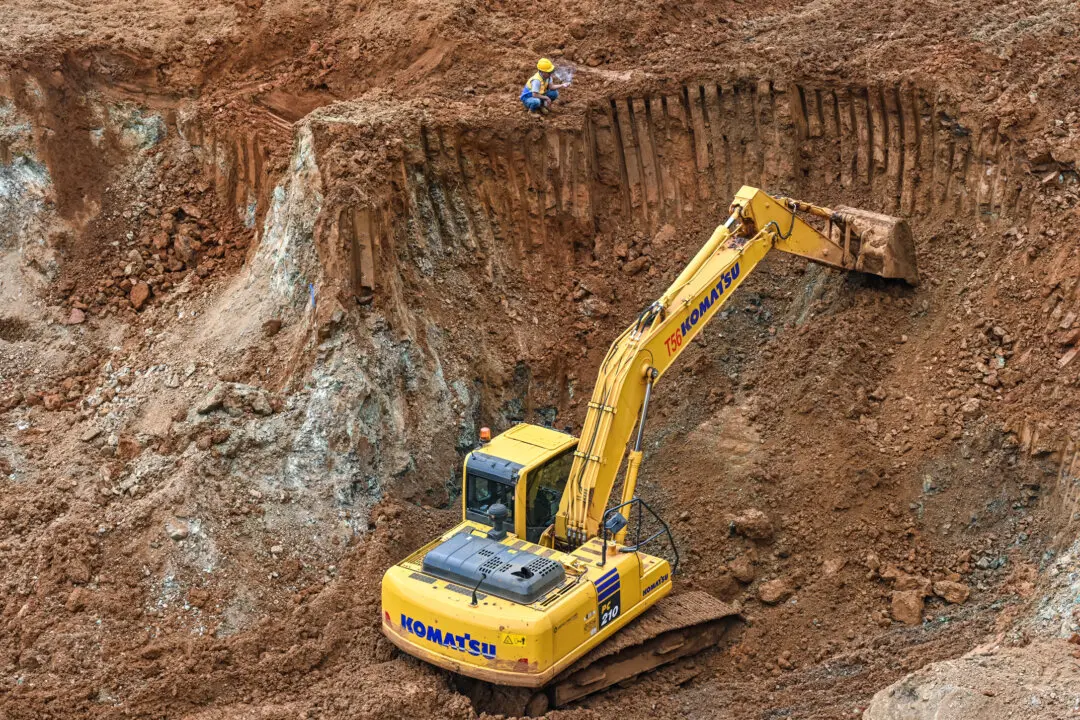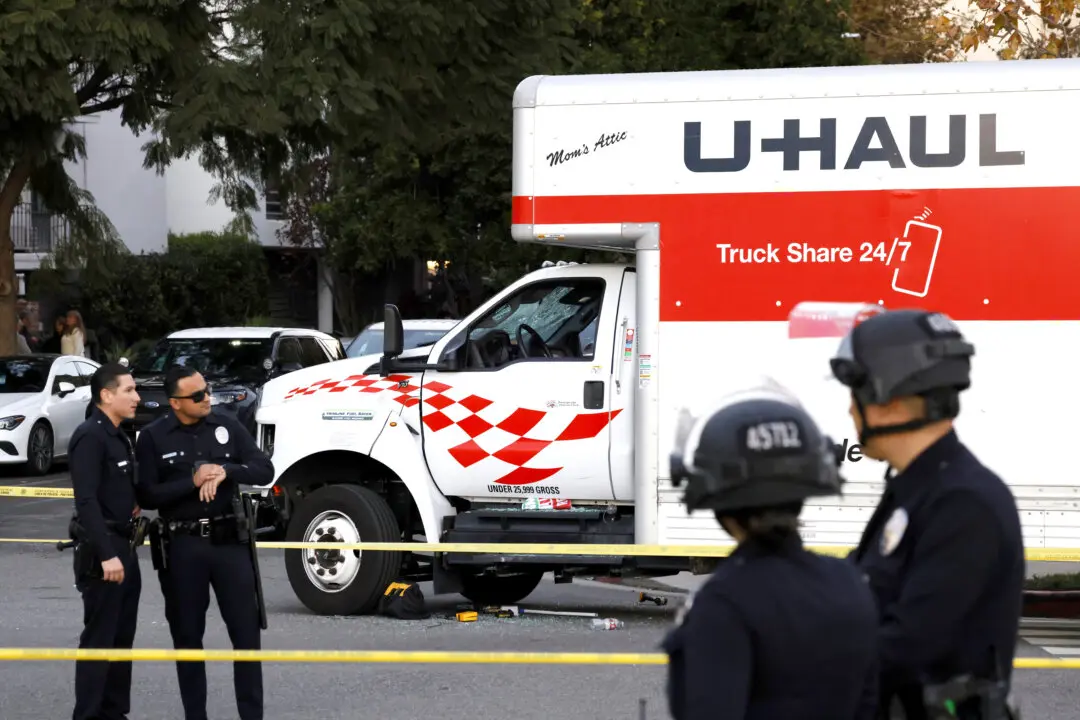Los Angeles County homeless deaths have increased by 55 percent, mainly because of a rise in drug overdoses, a new report this month by the Los Angeles County’s Department of Health has revealed.
Drug overdoses were the biggest cause, reaching 1,488 in 2021, according to the report (pdf).





